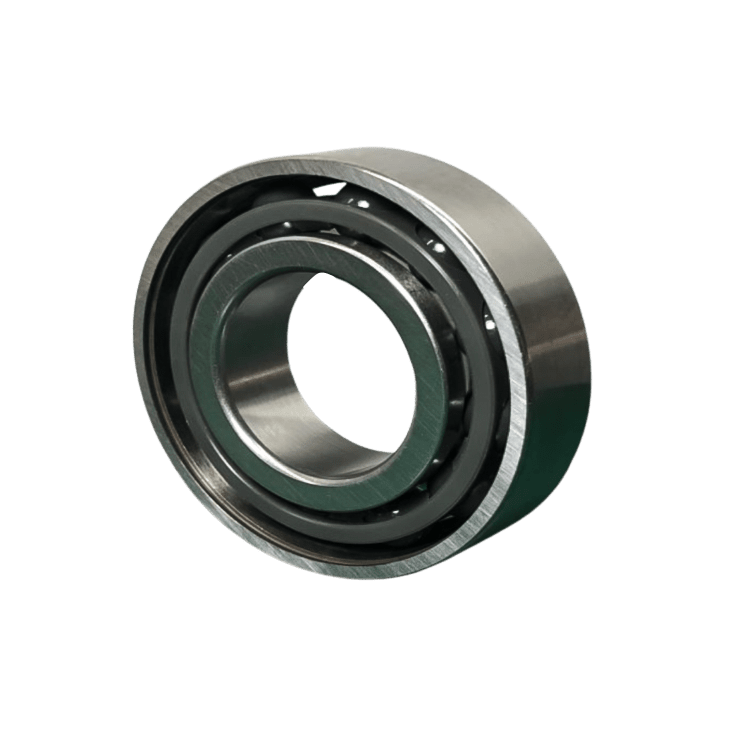Welcome to Tarso, professional special bearing manufacturer
Advantages of Ceramic Ball Bearings Compared to steel b […]
Advantages of Ceramic Ball Bearings
Compared to steel balls, ceramic balls have more corrosion resistance and less wear. They are also light and have a lower thermal expansion. These advantages make them suitable for many applications. They are also non-magnetic and have lower requirements for lubrication. They can be used in high-temperature environments. They can be used for various applications such as check valves, level sensing, and as catalyst carriers. They are used in the medical and aerospace industries.
Ceramic balls are available in a variety of materials, including zirconium oxide (ZrO2), silicon nitride (SiN), and aluminum oxide. They are also available in full ceramic bearings, which contain all of the parts made from ceramic material. These bearings have an extended service life and can be used in high-temperature environments. Ceramic bearings are also used in the automotive industry. These bearings are used in airbags, cross-groove joints, and double-offset joints.
Compared to steel balls, ceramic balls are lighter, have higher load capacity, and have lower thermal expansion. These characteristics make them especially suitable for high-speed applications. Ceramic balls also provide less friction. They have high chemical stability, are heat resistant, and are non-magnetic. They can also be used in wet or damp environments. They are ideal for level sensing, gaging, and calibration balls for precision equipment. They are also used in the petrochemical industry.
Ceramic balls are used in many different industries, including aerospace, chemical manufacturing, medical equipment, industrial equipment, and transportation. These bearings are primarily used for high-speed applications. They can also be used in extreme environments, like corrosive atmospheres. They are also used in applications where they are required to be resistant to acids and salts.
Ceramic balls are also used as grinding media for various types of ceramics. These grinding media have excellent characteristics, including good characteristics in thick and hard materials, such as steel, glass, and enamel. They are also used in pot mills, ball mills, and vibratory mills. They are used in chemical plants, as well as glass and enamel. They are also used in the manufacture of prosthetic materials. They are used in medical technology, machine design, and other applications.
In addition to their high performance and durability, ceramic bearings are also less expensive than their steel counterparts. They also have an advantage in speed, since they can spin faster than steel balls. Ceramic balls also have the less thermal expansion, requiring less lubrication. They have a higher resistance to seizure and can be used in high vacuum environments.
Silicon nitride (ceramic) balls have a smooth surface finish that makes them ideal for faster rolling. These balls are manufactured by CoorsTek, and they have tight tolerances and tailored material properties. They are available in large-application bearings and micro-bearings for dental drills. They are also engineered to ensure that electrical arcs are not present across the bearing. They are suited for a variety of applications, including high-speed spindle bearings, dental drills, and a wide variety of industrial equipment.
Ceramic hybrid bearings are also used for high-speed applications, especially in harsh environments. They are made from ceramic balls, and the steel rings are super-finished by Saint Gobain. They can also be used in extreme temperatures, as well as in non-conductive applications.

316 Stainless Steel Hybrid Ceramic Ball Bearing- Angular Contact Ball Bearing 316/ SI3N4/ PA66
Structure & Size Range Of 316 Stainless Steel Hybrid Ceramic Ball Bearing
Rings: 316 Stainless Steel
Rolling Element: Si3N4 Ceramic
Cage: PA66
Size Range: ID3mm or up